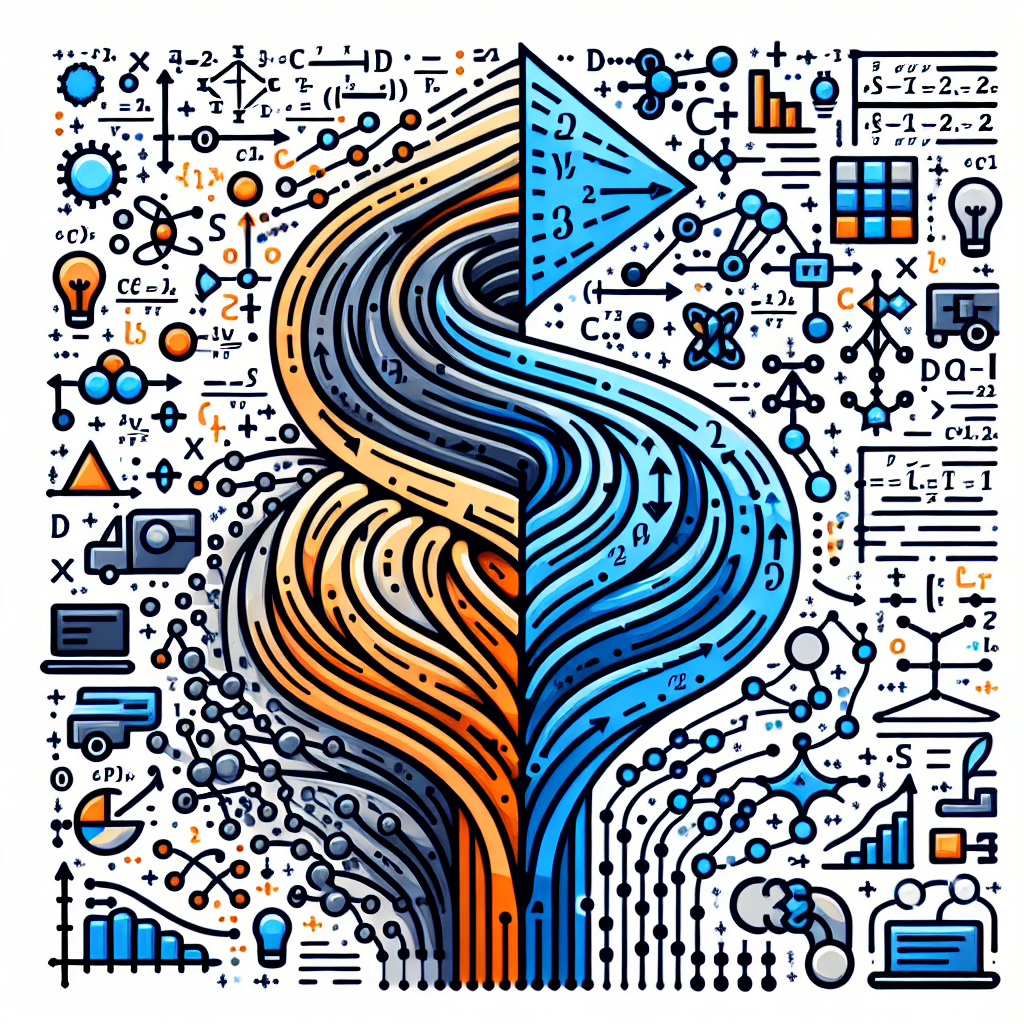Machine learning has become an integral part of various industries, helping businesses make informed decisions, improve efficiency, and enhance customer experiences. Convolutional Neural Networks (CNNs) have emerged as a powerful tool in the field of machine learning, particularly in tasks such as image recognition, object detection, and natural language processing.
In this article, we will explore how to build CNNs using two popular deep learning frameworks – PyTorch and TensorFlow. We will discuss the theoretical concepts behind CNNs and demonstrate how to implement them in practice to create effective machine learning systems.
Understanding Convolutional Neural Networks
Convolutional Neural Networks are a type of deep neural network that is specifically designed to process and analyze visual data. They are inspired by the visual cortex of the human brain and consist of multiple layers, including convolutional layers, pooling layers, and fully connected layers.
In a CNN, convolutional layers use filters or kernels to extract features from input data. These filters slide over the input data, performing convolution operations to detect patterns and structures. Pooling layers are used to reduce the spatial dimensions of the feature maps generated by the convolutional layers, while fully connected layers combine the extracted features to make predictions.
Building CNNs with PyTorch
PyTorch is a popular deep learning framework developed by Facebook AI Research. It provides a flexible and dynamic approach to building neural networks, making it ideal for research and prototyping.
To build a CNN with PyTorch, you first need to define the network architecture using the torch.nn module. This module provides a wide range of layers and functions for building neural networks. You can define the layers of the CNN, including convolutional layers, pooling layers, and fully connected layers, and specify the activation functions to use.
Once the network architecture is defined, you can train the CNN using a dataset of labeled images. PyTorch provides an easy-to-use DataLoader class for loading and preprocessing data, as well as built-in optimization algorithms such as stochastic gradient descent (SGD) and Adam.
Building CNNs with TensorFlow
TensorFlow is another popular deep learning framework developed by Google. It provides a high-level API called Keras, which simplifies the process of building neural networks.
To build a CNN with TensorFlow and Keras, you can use the Sequential model API to define the network architecture. This API allows you to easily stack layers and specify the activation functions to use.
You can then compile the model with a loss function, an optimizer, and metrics to monitor during training. TensorFlow provides a wide range of built-in loss functions and optimizers to choose from. Once the model is compiled, you can train it using the fit method, passing in the training data and labels.
Conclusion
In conclusion, building CNNs with PyTorch and TensorFlow is an essential skill for anyone working in the field of machine learning. By understanding the theoretical concepts behind CNNs and implementing them in practice, you can create effective machine learning systems for a wide range of applications.
Both PyTorch and TensorFlow provide powerful tools and libraries for building and training CNNs, making it easier than ever to harness the power of deep learning. Whether you are a researcher, developer, or data scientist, mastering these frameworks will enable you to tackle complex machine learning tasks and drive innovation in your industry.
#Theory #Practice #Building #CNNs #PyTorch #TensorFlow #Effective #Machine #Learning #Systems,understanding deep learning: building machine learning systems with pytorch
and tensorflow: from neural networks (cnn


Leave a Reply